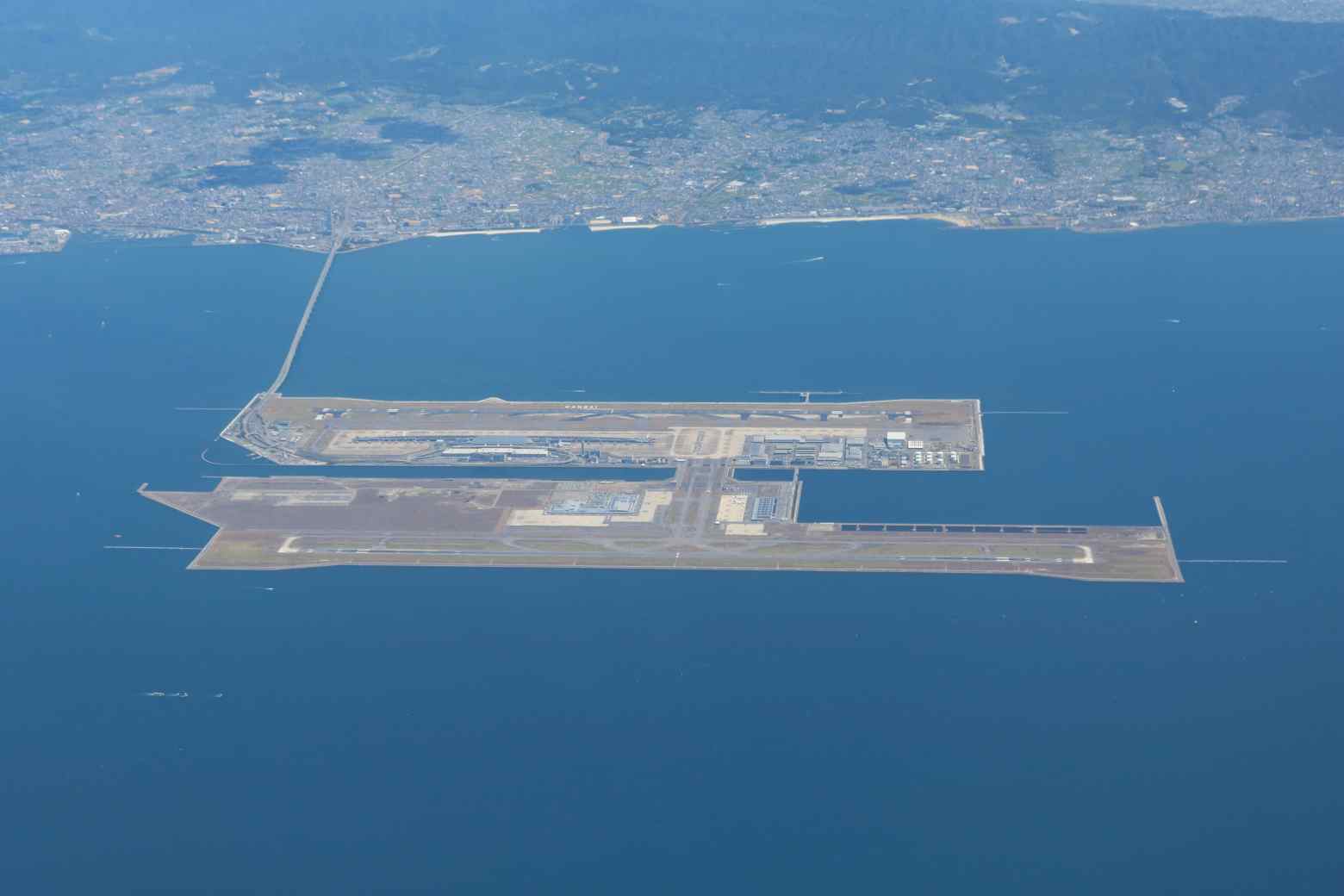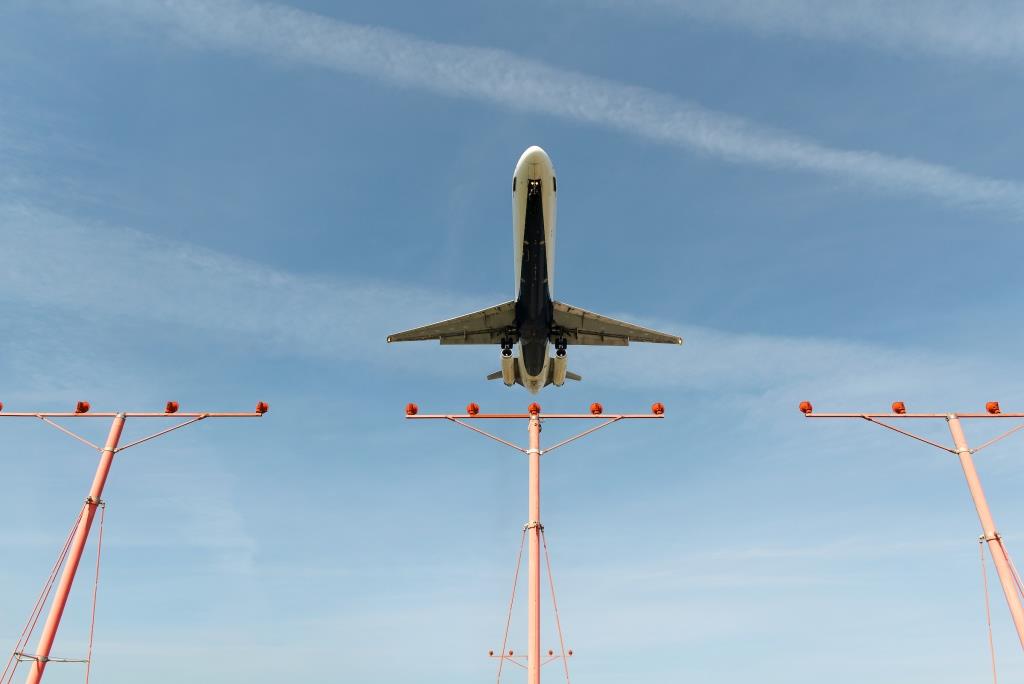The Kansai International Airport has sunk 11 meters since its opening 30 years ago. The Japanese airport is gradually submerging into the sea at a rate of over 30 centimeters per year. Sinking airport is situated on two artificial islands in Osaka Bay, that are slowly drifting away from the megacity, as reported by Daily Star.
Serving airlines such as All Nippon Airways, Japan Airlines, and Nippon Cargo Airlines, the airport may continue to sink into the sea until 2056. Engineers initially estimated a subsidence of 4 meters above sea level over 50 years—a minimum requirement to prevent floodwaters from breaching the airport’s seawall. However, this threshold was reached in just six years.
One of the challenges faced by the airport is the nature of the land on which it was built. The soil had to be transformed from a “wet sponge” consistency to a dry and compact one before construction could commence. Over 1.5 meters of sand was laid atop the clay seabed, followed by the installation of 2.2 million vertical pipes and subsequent filling with sand. The soil was then used to create a robust foundation.
As the island started sinking, builders installed new plates and raised columns in an attempt to keep the airport afloat.
However, it seems that the efforts have proven futile. Despite spending a staggering $140 million on the construction and reinforcement of the dam, it appears that the airport is sinking even deeper into the water – only a matter of time.
Additionally, sinking airport regularly faces severe weather and natural disasters. In 2018, the airport was hit by the deadly typhoon “Jebi,” leading to its temporary closure. In response, Kansai announced plans to conduct training on earthquake and tsunami scenarios to ensure that the staff is prepared for emergency situations.








